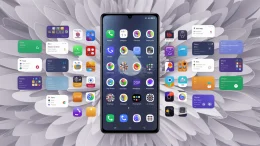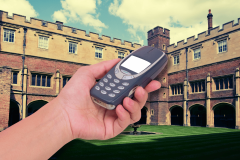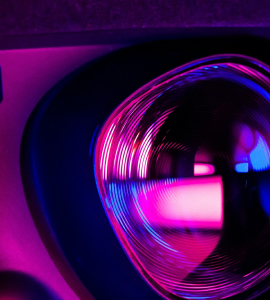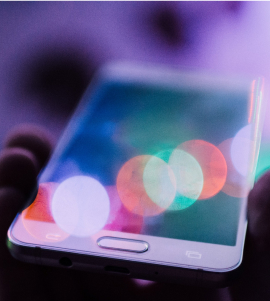Can Android phones function as low-cost satellites? That’s what NASA wants to find out. In a recent experiment dubbed “NexusOne PhoneSat,” a group of NASA Ames students, Google employees and two NASA contractors strapped Google’s flagship smartphone to the back of an Intimidator 5 rocket and blasted it into space…well, at least up to 28,000 feet into the air, that is. And during the ride, the phone shot video continuously.
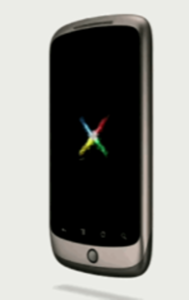
The rocket’s launch was handled by the Mavericks Civilian Space Foundation, a group of rocket enthusiasts, reports Wired, whose GadgetLab site covered the news a few days ago.
While the experiments may sound like crazy, harebrained science projects akin to an episode of MythBusters, the purpose was highly practical. The project’s goal is to determine if the low-cost parts found in cellphones can reach orbit without shaking apart, if they can work in a vacuum, and if they can operate at extreme low and high temperatures.
In the Wired interview, Thomas Atchison, chairman of the Mavericks Foundation, explained, “The radio, processing power, sensors and cameras in smartphones potentially have the same capability as those in satellites.”
The group actually launched two NexusOne devices, but only one survived the experience. Sadly, the first phone crashed to the ground due to a parachute failure.
Both rockets, however, reached speeds of Mach 2.4 (about 1,800 mph) before returning to Earth. The phones each recorded the rocket’s speed using the standard built-in accelerometers that ship with the devices.
On the phone that made it back unscathed, there was two and half hours of video footage, a snippet of which is posted to YouTube here.
The end goal of these experiments is to significantly decrease the cost involved with building satellites. “Today’s satellites are the size of Greyhound buses,” Atchison told Wired. “But I believe they are going to get smaller and more frequently deployed. This is a first-step effort.”
The results of that change wouldn’t just impact today’s satellite makers, but would allow anyone – even hobbyists with just a few thousand dollars – to deploy their own satellites into space. Imagine the innovation that could bring!
On the flip side, we hope NASA comes up with some viable solutions for dealing with space junk before such a technological revolution takes place.
